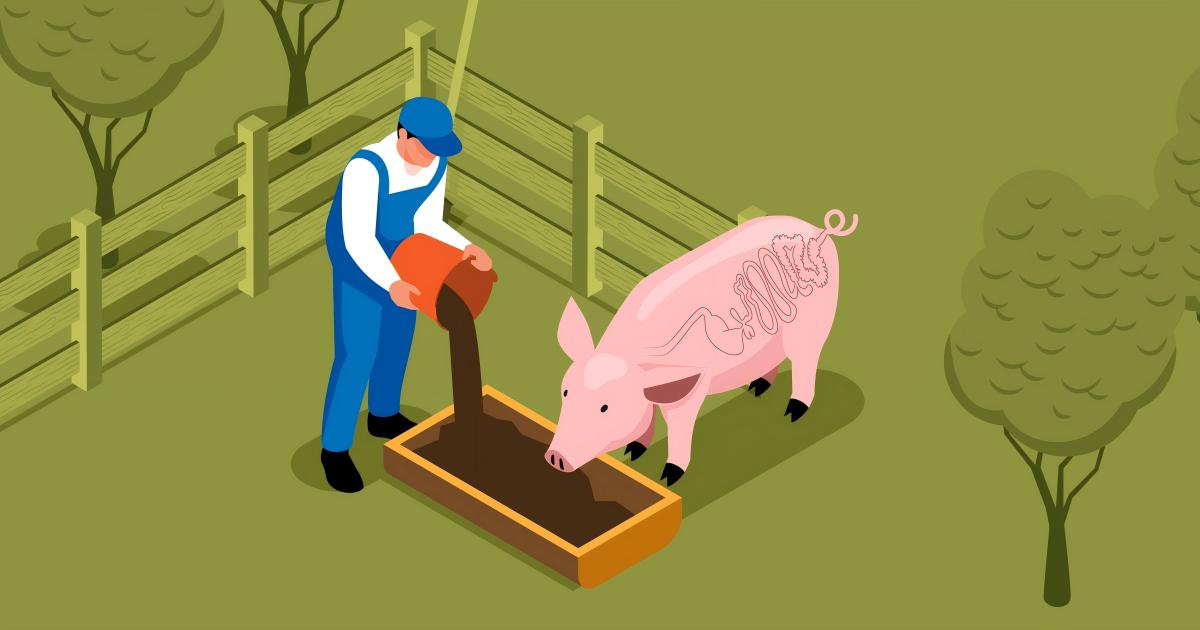Nutritional Regulation and Intestinal Health in Piglets
A special issue of Veterinary Sciences (ISSN 2306-7381).
Deadline for manuscript submissions: closed (30 June 2025) | Viewed by 3960

Special Issue Editors
Interests: piglets nutrition and metabolism; intestinal development and health; none-coding RNAs; extra-cellular vesicles (EVs)
Interests: sow and piglet nutrition; antioxidants; oxidative stress; trace elements; plant-derived bioactive additives
Special Issues, Collections and Topics in MDPI journals
Interests: swine nutrition and metabolism; functional feed additives; intestinal development and health
Special Issues, Collections and Topics in MDPI journals
Special Issue Information
Dear Colleagues,
As the main site of nutrients digestion and absorption and an important defense line against the invasion of bacteria and endotoxins into the intestinal lumen, the intestinal tract is an important organ in response to stress in piglets. In modern intensive large-scale swine production, piglets may encounter various external stress challenges, which include social factors like stocking density, feed-related factors such as mycotoxin contamination, environmental factors like weaning stress, heat stress, pathogenic factors including Escherichia coli infections, and others. Those challenges usually affect the intestinal health of piglets, eventually, lead to economic losses. Many nutritional strategies have been applied to improve intestinal health which could increase the survival rate and growth performance in piglets. Those strategies include but not limited to supplementation of functional feed additives, such as plant extract and essential oil, trace elements, antimicrobial peptides, short-chain fatty acids and functional amino acids and derivatives. This research topic will primarily focus on the innovative nutritional strategies to improve intestinal health in piglets. Additionally, researchers are encouraged to investigate the underlying mechanisms.
Dr. Xingping Chen
Dr. Jun Chen
Prof. Dr. Jinming You
Guest Editors
Manuscript Submission Information
Manuscripts should be submitted online at www.mdpi.com by registering and logging in to this website. Once you are registered, click here to go to the submission form. Manuscripts can be submitted until the deadline. All submissions that pass pre-check are peer-reviewed. Accepted papers will be published continuously in the journal (as soon as accepted) and will be listed together on the special issue website. Research articles, review articles as well as short communications are invited. For planned papers, a title and short abstract (about 100 words) can be sent to the Editorial Office for announcement on this website.
Submitted manuscripts should not have been published previously, nor be under consideration for publication elsewhere (except conference proceedings papers). All manuscripts are thoroughly refereed through a single-blind peer-review process. A guide for authors and other relevant information for submission of manuscripts is available on the Instructions for Authors page. Veterinary Sciences is an international peer-reviewed open access monthly journal published by MDPI.
Please visit the Instructions for Authors page before submitting a manuscript. The Article Processing Charge (APC) for publication in this open access journal is 2100 CHF (Swiss Francs). Submitted papers should be well formatted and use good English. Authors may use MDPI's English editing service prior to publication or during author revisions.
Keywords
- intestinal health
- stress challenges
- nutritional strategies
- functional feed additives
- piglet growth performance
Benefits of Publishing in a Special Issue
- Ease of navigation: Grouping papers by topic helps scholars navigate broad scope journals more efficiently.
- Greater discoverability: Special Issues support the reach and impact of scientific research. Articles in Special Issues are more discoverable and cited more frequently.
- Expansion of research network: Special Issues facilitate connections among authors, fostering scientific collaborations.
- External promotion: Articles in Special Issues are often promoted through the journal's social media, increasing their visibility.
- Reprint: MDPI Books provides the opportunity to republish successful Special Issues in book format, both online and in print.
Further information on MDPI's Special Issue policies can be found here.








